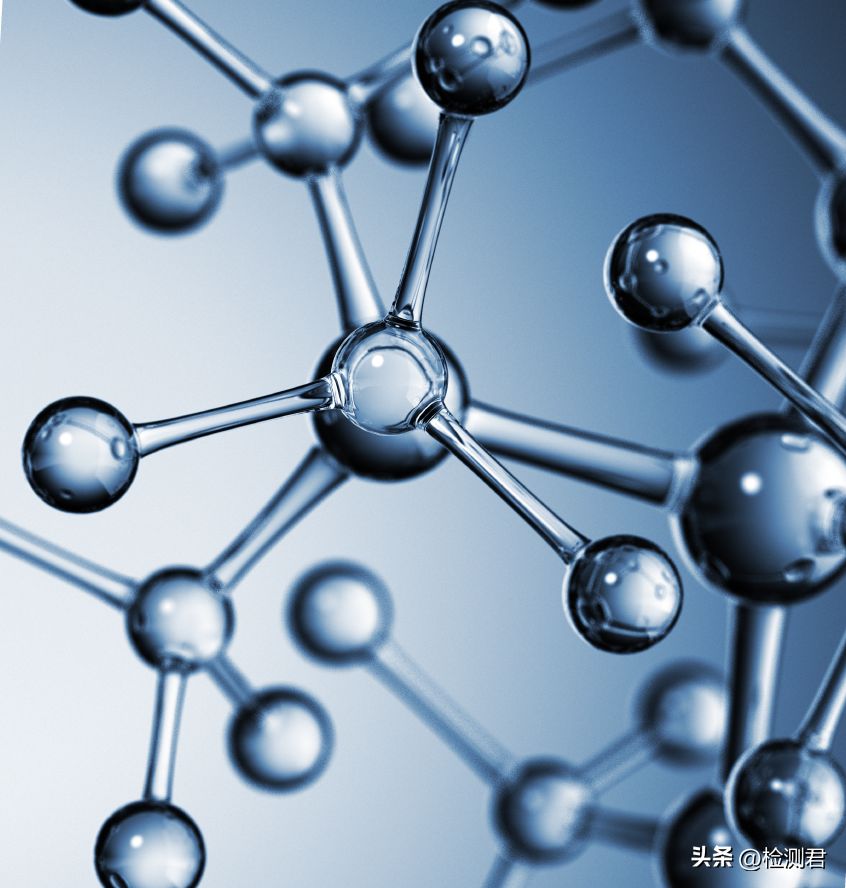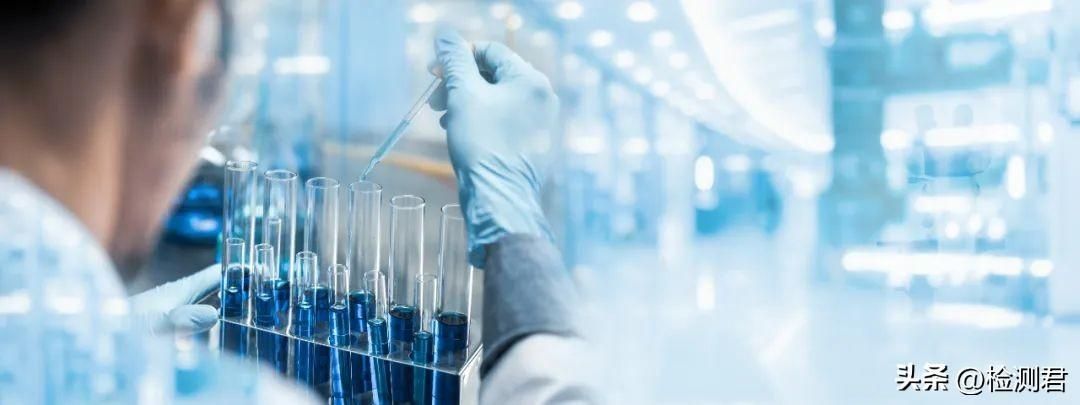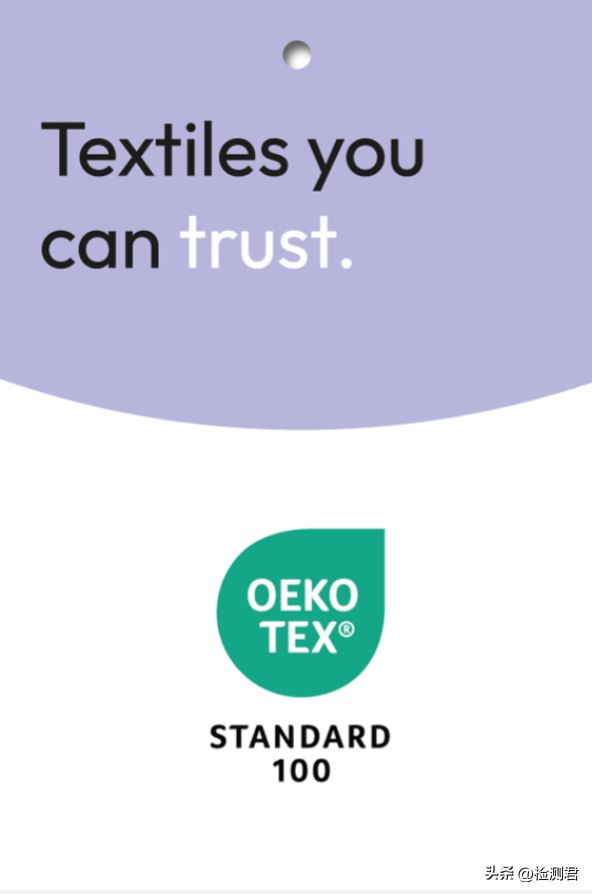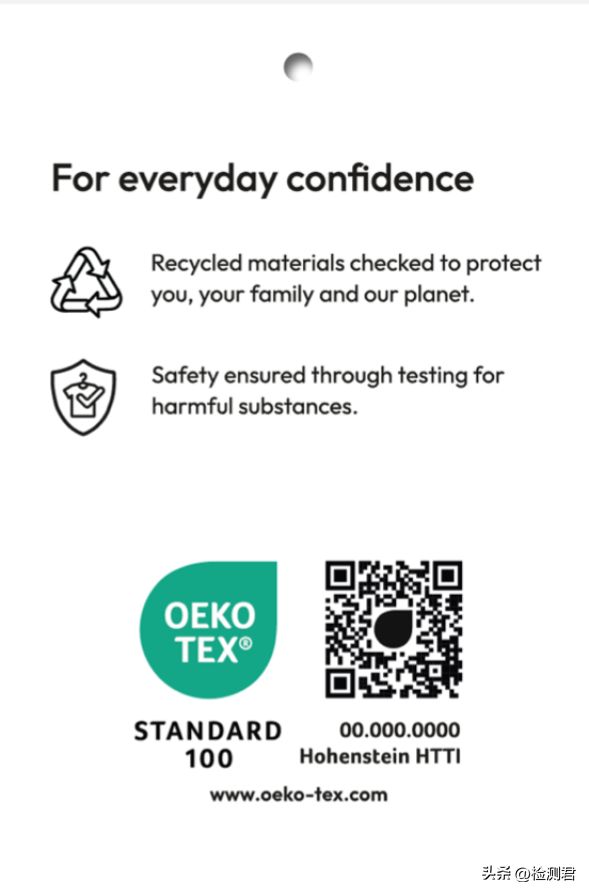Several well-known universities in the United States and Canada and the Green Science Policy Institute jointly published a study on the content of toxic chemicals in children’s textile products. It was found that about 65% of children’s textile test samples contained PFAS, including nine popular brands of antifouling school uniforms. PFAS was detected in these school uniforms samples, and most of the concentrations were equivalent to outdoor clothing.
PFAS, known as “permanent chemicals”, can accumulate in the blood and increase health risks. Children exposed to PFAS may cause more negative effects on health.
It is estimated that 20% of public schools in the United States require students to wear school uniforms, which means that millions of children may inadvertently contact PFAS and be affected. PFAS in school uniforms may eventually enter the body through skin absorption, eating with unwashed hands, or young children biting clothes with their mouths. The school uniforms treated by PFAS are also the source of PFAS pollution in the environment in the process of processing, washing, discarding or recycling.
In this regard, researchers suggested that parents should check whether their children’s school uniforms are advertised as antifouling, and said that there is evidence that the concentration of PFAS in textiles can be reduced by repeated washing. Second-hand school uniforms may be a better choice than new antifouling school uniforms.
Although PFAS can endow products with the characteristics of oil resistance, water resistance, pollution resistance, high temperature resistance, and surface friction reduction, most of these chemicals will not decompose naturally and will accumulate in the human body, which may eventually affect the reproductive system, development, immune system, and carcinogenesis.
Considering the negative impact on the ecological environment, PFAS has been basically eliminated in the EU and is a strictly managed substance. At present, many states in the United States have also begun to join the queue of strict management of PFAS.
From 2023, consumer goods manufacturers, importers and retailers containing PFAS products must comply with the new regulations of four states: California, Maine, Vermont and Washington. From 2024 to 2025, Colorado, Maryland, Connecticut, Minnesota, Hawaii and New York also promulgated PFAS regulations that will take effect in 2024 and 2025.
These regulations cover many industries such as clothing, children’s products, textiles, cosmetics, food packaging, cooking utensils and furniture. In the future, with the continuous promotion of consumers, retailers and advocacy groups, the global regulation of PFAS will become more and more strict.
Verification and verification of the quality of the property right
Eliminating the unnecessary use of persistent organic pollutants such as PFAS requires the cooperation of regulators, suppliers and retailers to establish a more comprehensive chemical policy, adopt a more open, transparent and safe chemical formula, and fully ensure the safety of end-sale textile products. But what consumers need is only the final inspection results and credible statements, rather than personally inspecting and tracking the implementation of every link in the production of all products.
Therefore, an excellent solution is to take laws and regulations as the basis for the production and use of chemicals, fairly detect and track the use of chemicals, and fully inform consumers of the relevant testing information of textiles in the form of labels, so that consumers can easily identify and select clothing that has passed the testing of hazardous substances.
In the latest OEKO-TEX ® In the new regulations of 2023, for the certification of STANDARD 100, LEATHER STANDARD and ECO PASSPORT, OEKO-TEX ® The ban on the use of perfluorinated and polyfluoroalkyl substances (PFAS/PFC) in textiles, leather and footwear products has been issued, including perfluorocarbonic acids (C9-C14 PFCA) containing 9 to 14 carbon atoms in the main chain, their corresponding salts and related substances. For specific changes, please refer to the details of the new regulations:
[Official release] OEKO-TEX ® New regulations in 2023
OEKO-TEX ® The STANDARD 100 eco-textile certification has strict testing standards, including the testing of more than 300 harmful substances such as PFAS, banned azo dyes, carcinogenic and sensitized dyes, phthalates, etc. Through this certification, the textiles not only realize the supervision of legal compliance, but also effectively evaluate the safety of products, and also help to avoid the recall of products.
OEKO-TEX ® STANDARD 100 label display
Four product levels, more reassuring
According to the use of the product and the degree of contact with the skin, the product is subject to classification certification, which is applicable to infant textiles (product level I), underwear and bedding (product level II), jackets (product level III) and decorative materials (product level IV).
Modular system detection, more comprehensive
Test each component and raw material in each processing stage according to the modular system, including printing and coating of thread, button, zipper, lining and external materials.
Heinstein as OEKO-TEX ® The founder and the official license-issuing agency provide sustainable solutions for enterprises in the textile value chain through the OEKO-TEX ® Certificates and certification labels provide consumers around the world with a reliable basis for purchase.
Post time: Mar-02-2023










